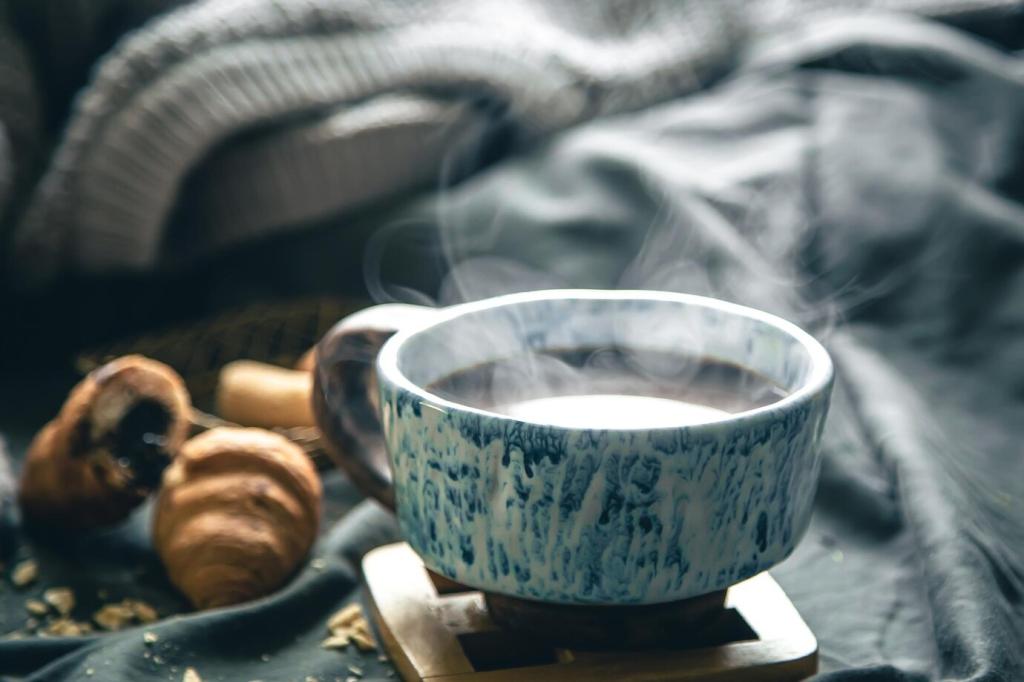Incorporating Hygge into Art Therapy Spaces
Why Hygge Belongs in the Studio
Clients risk vulnerability when they make art. Hygge elements—gentle lighting, approachable seating, and friendly textures—signal care and reduce social threat. When the room whispers, “You belong here,” exploration becomes safer, deeper, and meaningfully braver.
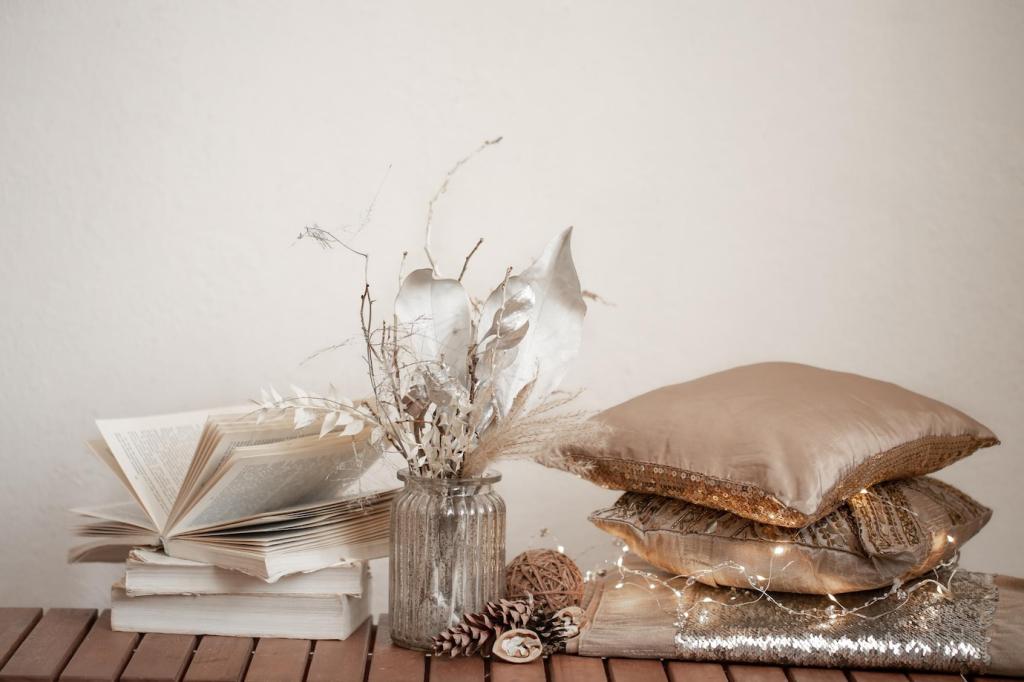
Warm, Layered Lighting
Use lamps with warm bulbs, dimmers, and shaded glow instead of harsh overheads. Battery or LED candles add flicker without flame or scent. Light that softly pools on work surfaces helps focus attention and eases transitions into flow.
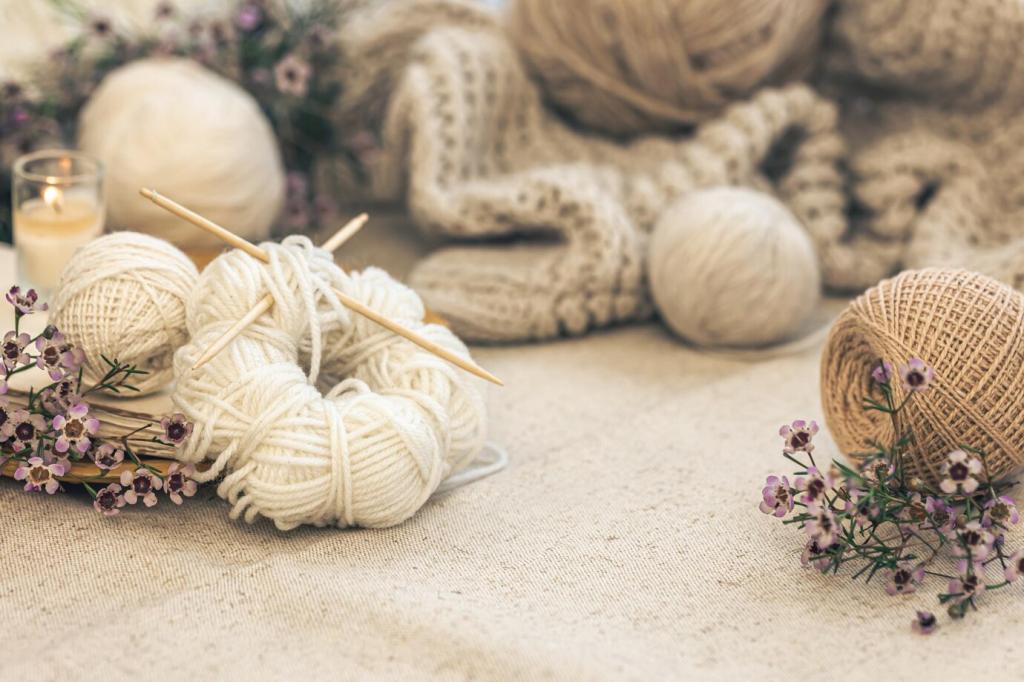
Textiles That Invite Touch
Incorporate washable, hypoallergenic throws, natural-fiber cushions, and a plush rug square beneath feet. These small, tactile anchors can ground anxious bodies. Provide options and consent—some clients prefer smooth canvas aprons to anything fuzzy or textured.
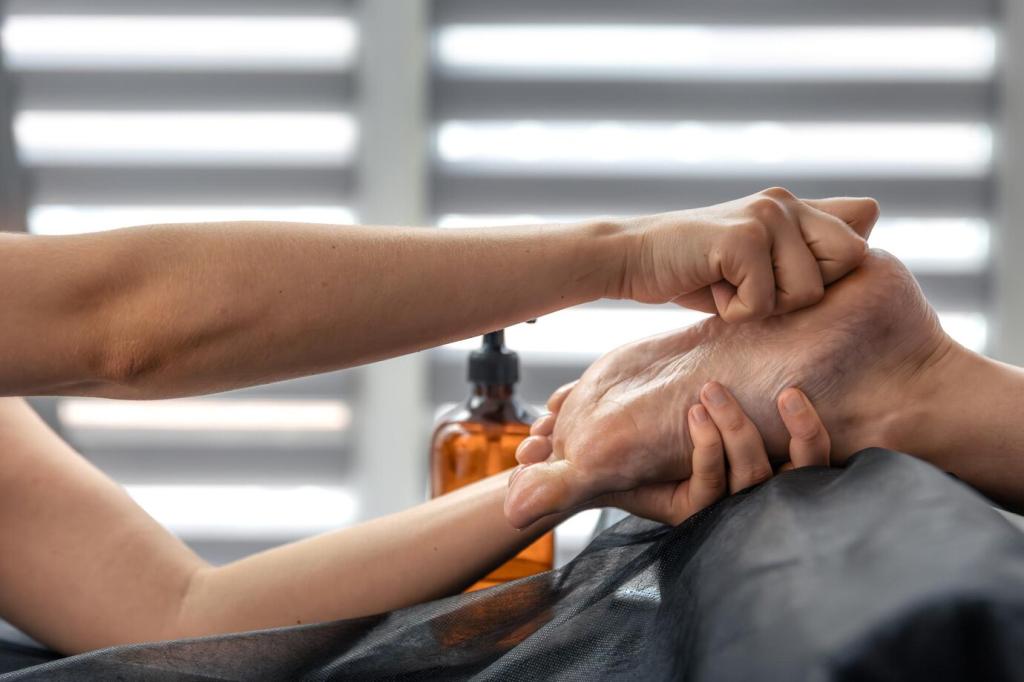
Colors That Breathe
Choose a palette of soft neutrals with nature notes: clay, moss, oat, and slate. Add gentle color pops through artwork or plants, not walls. This calm backdrop centers the client’s art as the brightest thing in the room.
Layout That Calms: Flow, Zones, and Boundaries
The Quiet Nook
Create a small corner with a chair, soft lamp, and a small side table for tea or a journal. Clients can decompress there before starting or pause midway when feelings surge. A visible exit helps maintain a sense of control.
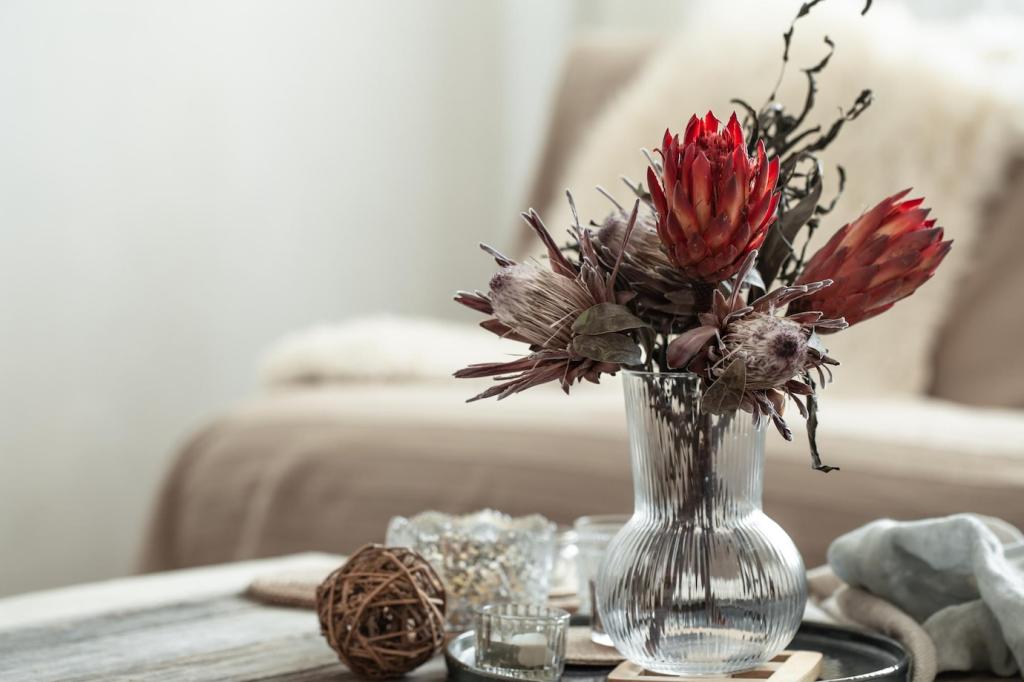
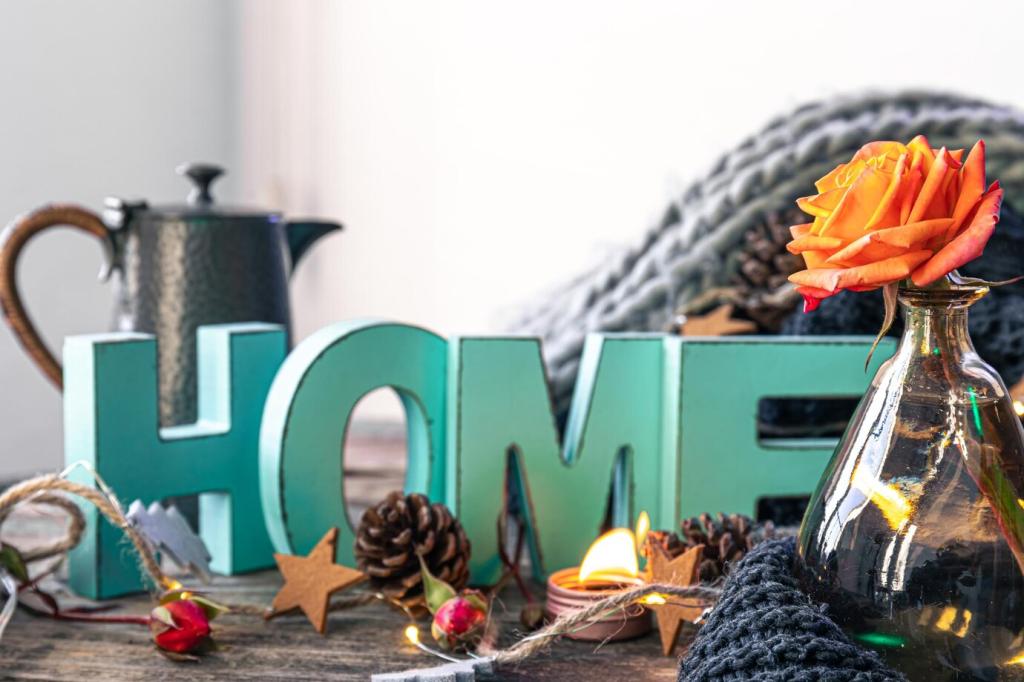
Inclusive, Ethical, and Trauma‑Sensitive Hygge
Offer opt-ins for blankets, tea, or music. Ask before adjusting lights or moving chairs. Provide multiple seating types and respect personal space. Let clients co-create the environment so hygge becomes a collaboration, not a decorator’s decree.
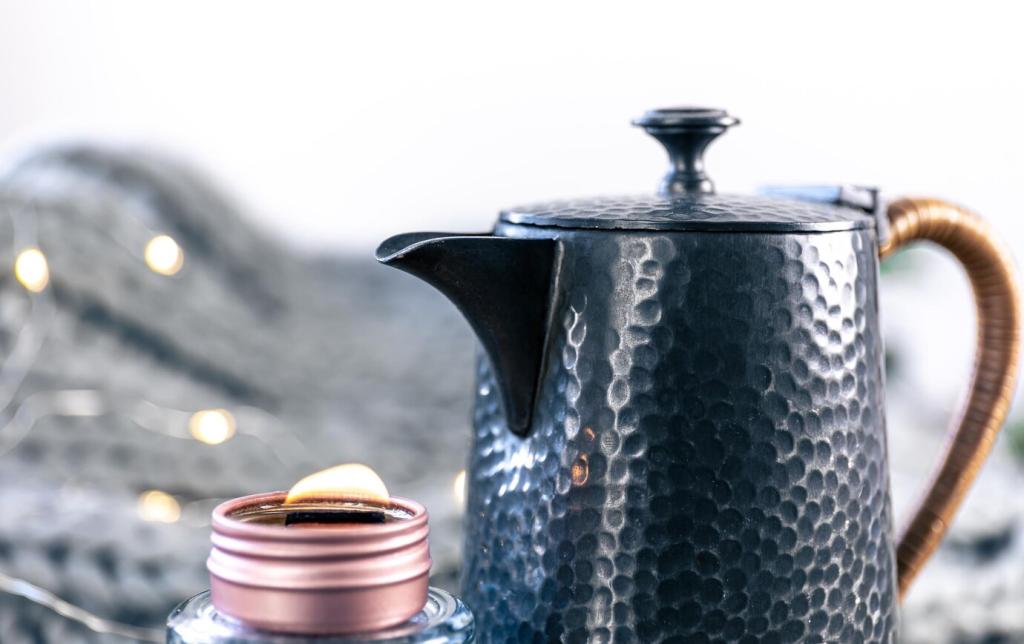
Sustainable and Budget‑Friendly Cozy
Source solid wood lamps, frames, and side tables secondhand, then refinish in calm tones. Washable slipcovers extend textile life. Repair, don’t replace, when possible—sustainability aligns with hygge’s reverence for things that last and hold stories.
